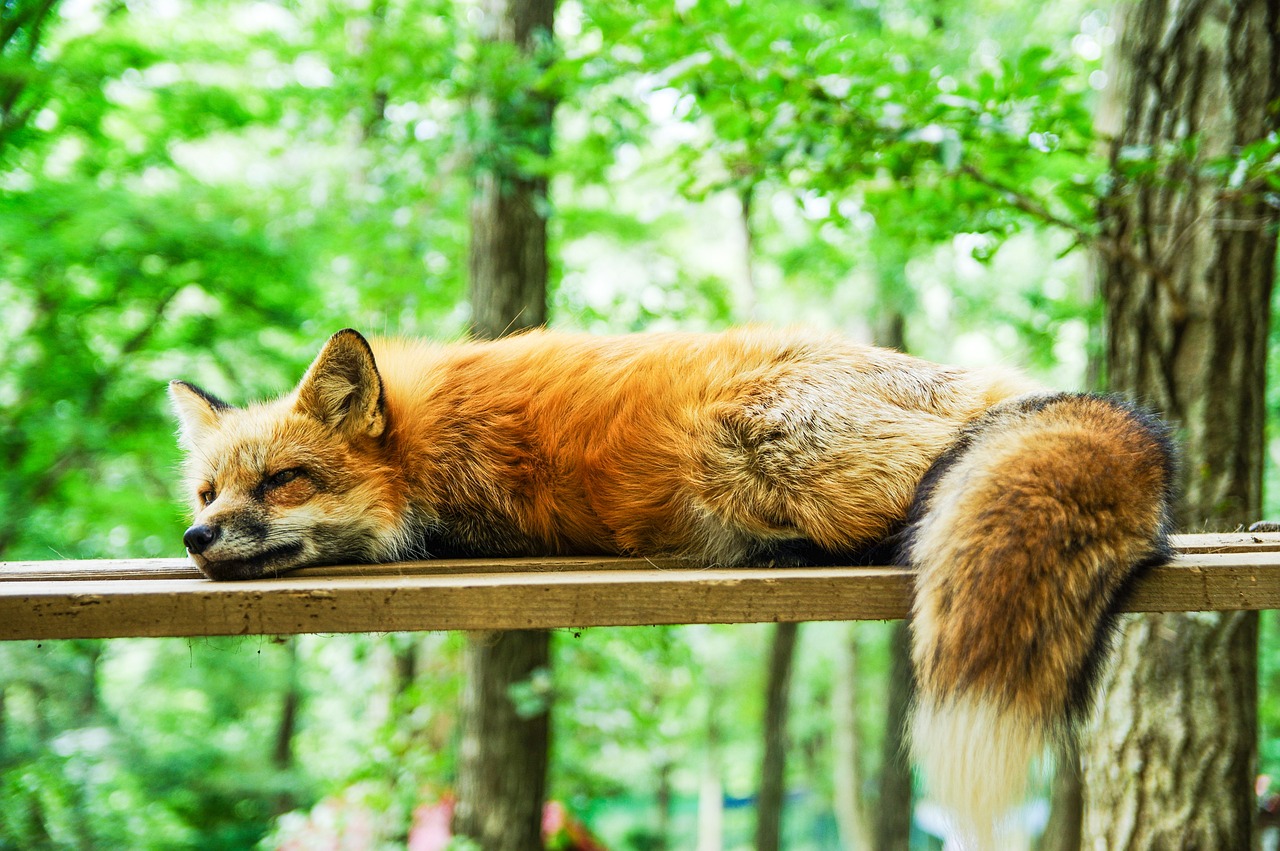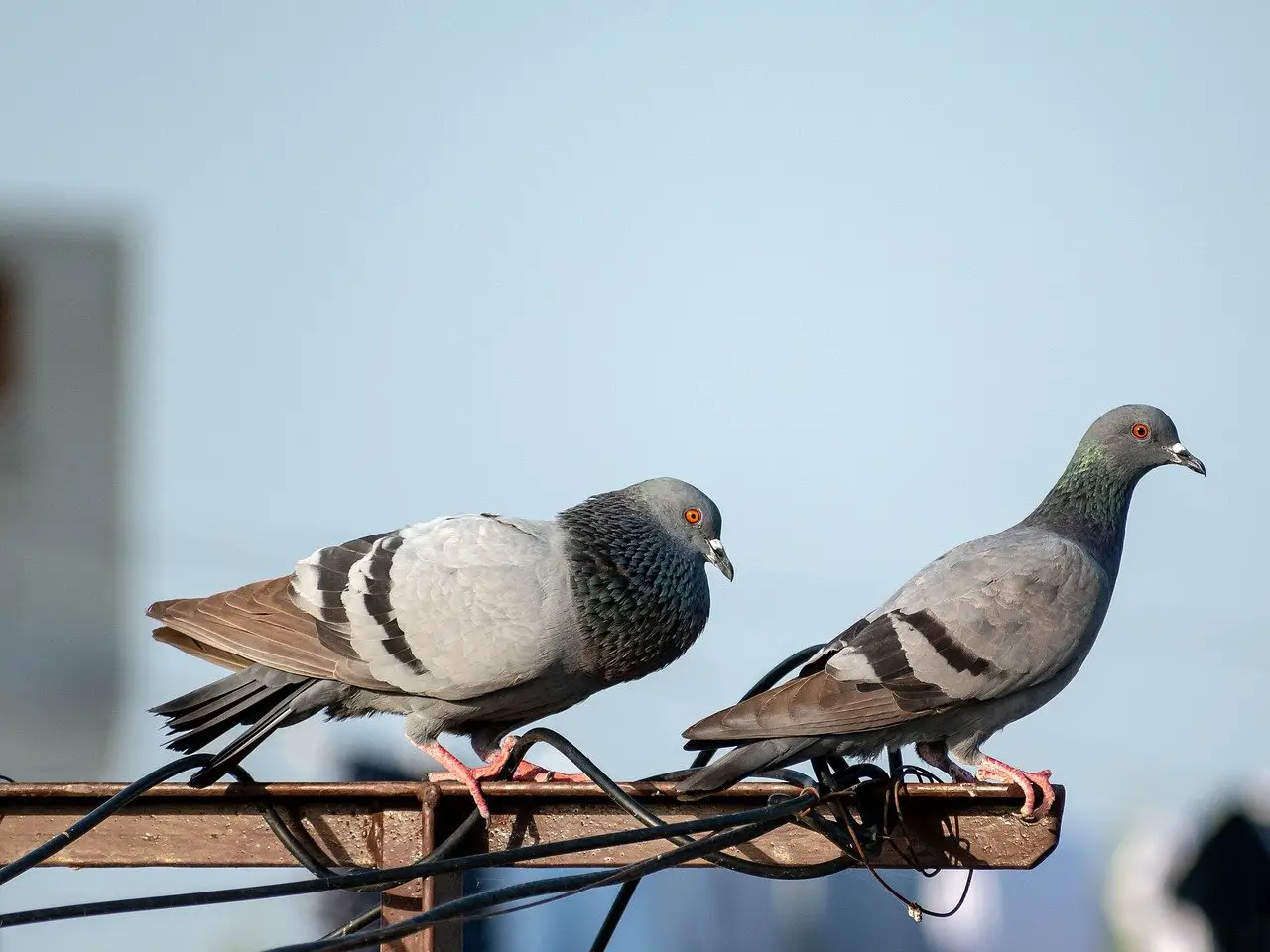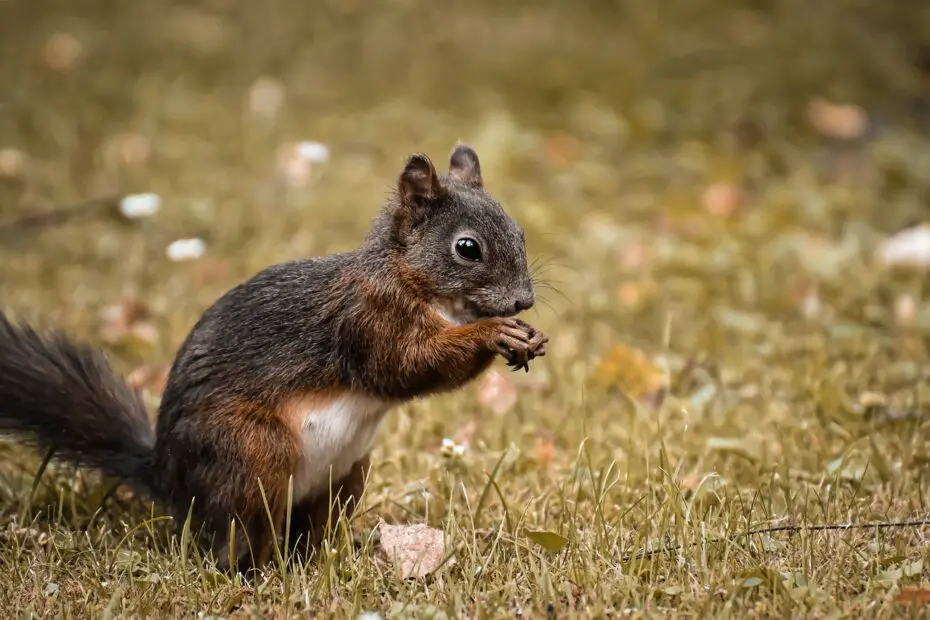The hustle and bustle of city life may seem far removed from the natural world, but there are a lot of animals in the city. From squirrels darting through parks to birds soaring above skyscrapers, urban areas are increasingly becoming home to a diverse array of wildlife. In this article, we explore the fascinating presence of animals in the city, their significance, the challenges they face, and the importance of coexistence.
You may also want to read about types of foxes.
Benefits of Urban Animals
The presence of animals in cities brings numerous benefits to both the environment and the people who inhabit them. Urban animals contribute to biodiversity by filling ecological niches and interacting with urban ecosystems. They provide essential ecosystem services such as pollination and pest control, playing a vital role in maintaining the balance of urban green spaces.

Common Urban Animal Species
Cities are teeming with a variety of adaptable species that have successfully adapted to urban environments. Birds such as pigeons, sparrows, and crows have become familiar sights in cityscapes. Squirrels, raccoons, and foxes are adept at navigating urban habitats, while insects and reptiles find niches in parks and gardens.
Challenges of Urban Living for Animals
While urban environments offer new opportunities, they also present challenges for animals. Habitat loss and fragmentation due to urban development can limit the available resources and connectivity between green spaces. Animals may face conflicts with humans, encounter hazards like traffic and pollution, and struggle to find suitable nesting or foraging sites.
Wildlife Conservation in Cities
Recognizing the importance of urban biodiversity, cities around the world are implementing conservation efforts to protect and enhance urban wildlife. Urban conservation initiatives focus on creating and preserving green spaces, establishing wildlife corridors, and educating the public about the value of urban wildlife.
Creating Wildlife-Friendly Cities
Urban planning plays a crucial role in creating wildlife-friendly cities. Incorporating green infrastructure, such as parks, gardens, and green roofs, provides essential habitats and foraging opportunities for urban animals. The creation of wildlife corridors and the preservation of natural areas within the cityscape help maintain connectivity and support the movement of wildlife. By designing cities with wildlife in mind, we can foster a harmonious coexistence between humans and animals.
Human-Animal Interactions in Cities
Living alongside urban animals requires responsible behavior and a mutual understanding. Humans can take steps to minimize negative interactions by properly disposing of waste, securing trash cans, and avoiding feeding wildlife. Balancing human needs with wildlife welfare involves respecting the natural behaviors and habitats of urban animals, allowing them to thrive in their urban homes.

Benefits of Urban Animal Encounters
Encounters with urban animals offer numerous benefits to human well-being. The presence of wildlife in cities provides opportunities for connection with nature, reducing stress levels and enhancing mental health. Observing birds, squirrels, and other animals can foster a sense of wonder, promoting environmental awareness and a greater appreciation for the natural world.
Challenges and Solutions for Wildlife Management
Managing wildlife in urban areas requires a careful balance of addressing conflicts and promoting coexistence. Implementing strategies such as habitat restoration, wildlife-friendly fencing, and education programs can help mitigate conflicts and create a harmonious environment for both humans and animals. Collaborative approaches involving city officials, wildlife experts, and the community are essential for effective wildlife management in urban settings.
The Urban Jungle: A Shared Home
The presence of animals in the city reminds us that nature can thrive even in the midst of human-dominated landscapes. Embracing urban wildlife is not only about protecting the environment but also about fostering empathy, respect, and sustainable practices. By creating wildlife-friendly cities and promoting coexistence, we can enjoy the beauty of urban animals while contributing to their well-being and the overall health of our urban ecosystems.
FAQs
FAQ 1: How do animals adapt to urban environments?
Animals adapt to urban environments by altering their behaviors, diet, and nesting habits. They become accustomed to human presence, utilize artificial structures for nesting and shelter, and may modify their diet to include human food sources.
FAQ 2: Are urban animals a threat to human safety?
In general, urban animals pose minimal threats to human safety when left undisturbed. However, it is important to respect their space and avoid approaching or provoking them. In rare cases, certain urban wildlife species may exhibit aggressive behavior if they feel threatened.
FAQ 3: How can individuals contribute to urban wildlife conservation?
Individuals can contribute to urban wildlife conservation by creating wildlife-friendly habitats in their own yards or balconies, supporting local conservation organizations, participating in citizen science initiatives, and advocating for green spaces and wildlife-friendly policies in urban planning.
FAQ 4: Are there any risks to wildlife in urban areas?
Wildlife in urban areas faces risks such as habitat loss, exposure to pollutants, and conflicts with humans and domestic pets. Collisions with vehicles and entanglement in human-made structures are additional threats. It is crucial to implement measures to minimize these risks and create safe spaces for urban animals.
FAQ 5: What are some examples of successful urban wildlife conservation projects?
Several cities have implemented successful urban wildlife conservation projects. For example, initiatives like Chicago’s “Urban Wildlife Conservation Program” and London’s “Wildlife Trusts” focus on creating and enhancing habitats, preserving green spaces, and educating the public about urban biodiversity. These projects serve as inspiring models for other cities to follow in their efforts to protect and conserve urban wildlife.
